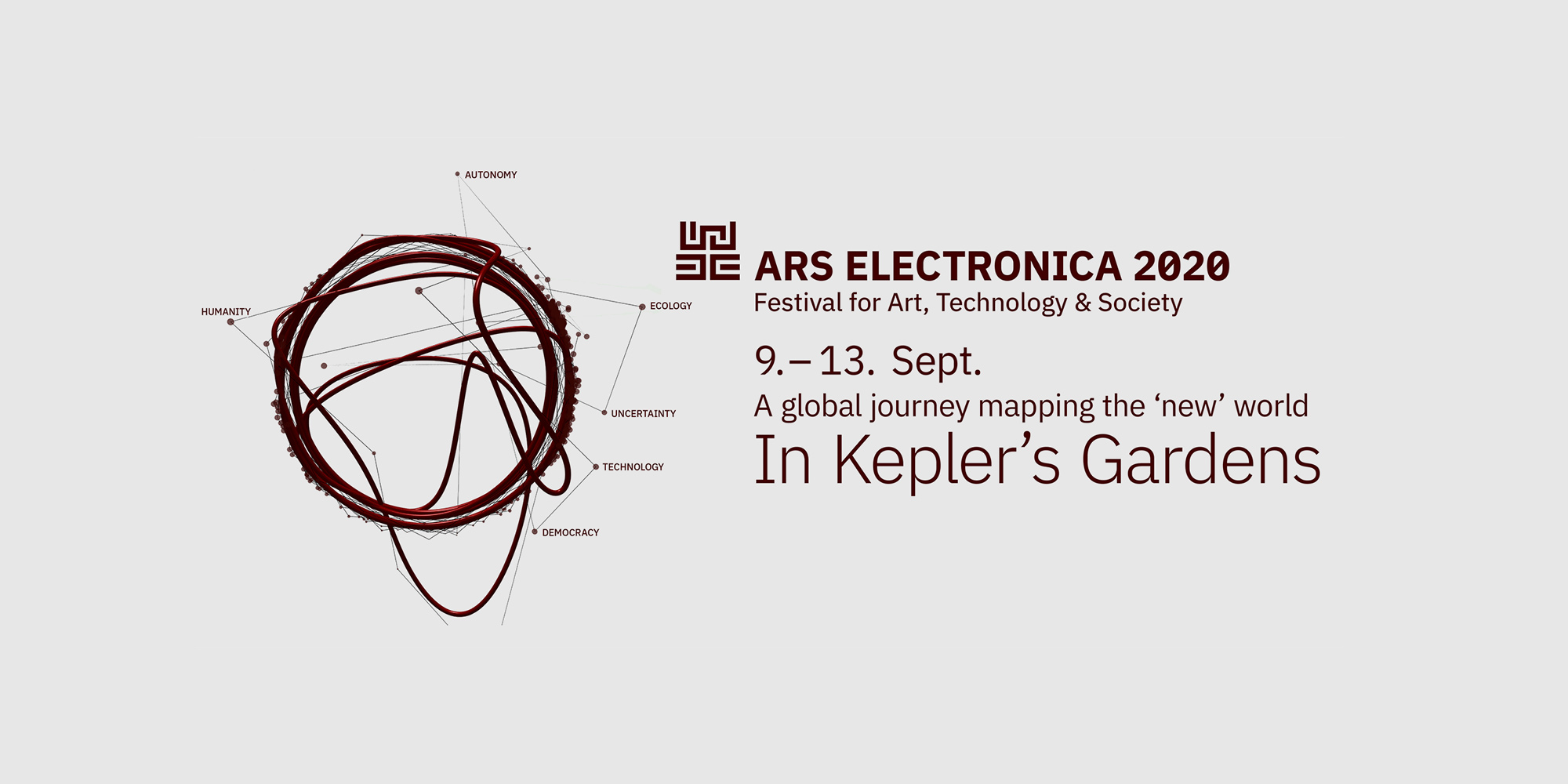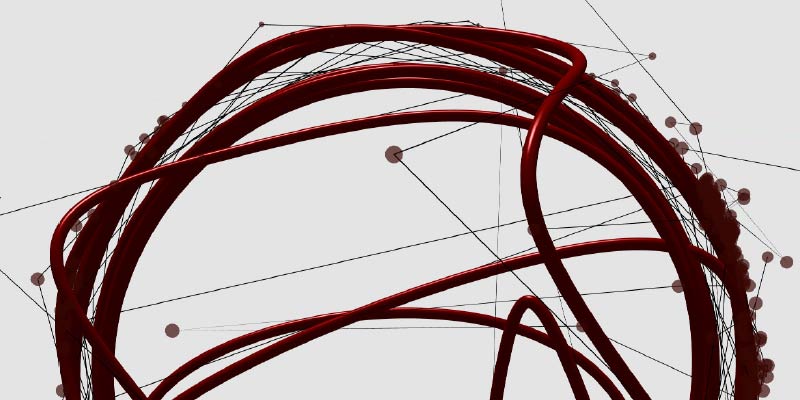Target Audience
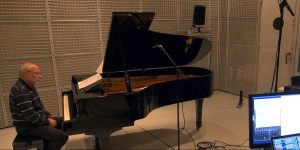
AI Creative Agents: The Man I Love
Hervé Sellin (FR), Remi Fox (FR)
The Musical Representations team in the STMS laboratory at IRCAM is working on "cyber-human" systems. Just as cyber-physical systems create a continuity between the digital logic of computers and the physical world by capturing, modeling, and modifying it, they establish a creative continuity between machines and musicians using mathematical modeling and artificial intelligence.

Little Etudes for Piano
Elaine Chew (US/GB)
Little Etudes is a series of short piano pieces based on cardiac electrical anomalies. Aberrant electrical activity in the heart can cause the heart to beat irregularly. Abnormal heart rhythms form interesting musical patterns, which raises the question of whether all natural-sounding musical rhythms have a physiological basis.
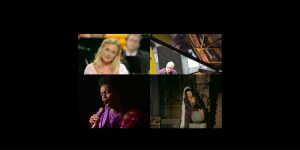
Three Ladies Project
Georges Bloch (FR)
Billie Holiday, Édith Piaf and Elisabeth Schwarzkopf are three great ladies of music, born in 1915. Could we make them sing together? This was the subject of a performance conceived for the music festival Le pietre che cantano in L'Aquila (Italy) in 2015. Using DYCI2Lib software, the three ladies finally sing The Man I Love together. ImproteK, the earlier version of DYCI2Lib, already made it possible to intelligently link the harmony of the base material used (called "memories") to the harmonic progression of the reference song (called "scenario").
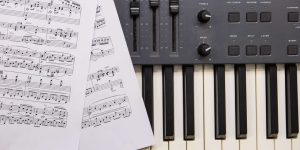
Talk: Frontiers of Music and Artificial Intelligence
IRCAM (FR)
Artificial intelligence plays an increasingly prominent role in music composition, performance, and production. How does this benefit or undermine musicians? Where are such developments taking us? Two young protagonists at the leading edge of AIxMusic will debate the limits and future directions of AIxMusic, tackling topics ranging from classic questions of AI takeover to therapeutic and gaming applications to discussions of lightweight deep AI, of uncertainty and unknown models and dimensions.
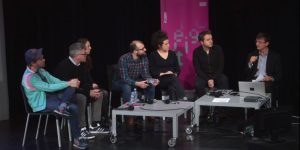
Talk: Musical Generativities (Facilitated by H.Vinet)
IRCAM (FR)
Techniques for the automatic generation of music – which have long been focused on systems ruling the score – are now being deployed at all levels of sound representation: signal, gesture, symbol, form. Sound synthesis using deep networks constitutes a radical break with conventional modelling approaches. How do composers handle these emerging possibilities?

What We Eat
Laurie Frick (US)
As part of Heartbeat of the Earth, a series of online interactive artworks interpreting climate data, data artist Laurie Frick’s work examines the impact of individual foods on the environment using hand-drawn data visualisations, color coded and sized by CO2 output.
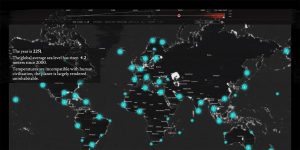
Coastline Paradox
Timo Aho (FI) & Pekka Niittyvirta (FI)
As part of Heartbeat of the Earth a series of online interactive artworks interpreting climate data, using Google Maps and Street View, artists Pekka Niittyvirta and Timo Aho visualize the predicted sea level rise – and the number of people likely to be displaced – in more than 200 different locations between the years 2000 and 2300.
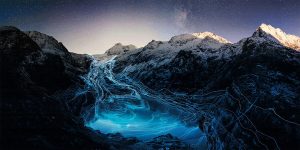
Timelines
Fabian Oefner (CH)
As part of Heartbeat of the Earth, a series of online interactive artworks interpreting climate data, artist Fabian Oefner explores the retreat of the Rhone and Trift glaciers in Switzerland over the last 140 years by using precise digital coordinates and special drone captures.
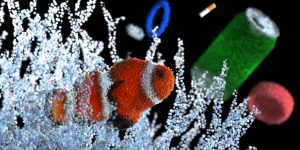
Diving into an Acidifying Ocean
Cristina Tarquini (IT/FR)
As part of Heartbeat of the Earth, a series of online interactive artworks interpreting climate data, digital artist Cristina Tarquini invites us to dive into our acidifying oceans using data from NOAA. Cristina Tarquini (IT) created an interactive data visualisation, inviting you to dive into the ocean and explore the impact of rising temperatures & in turn rising CO2 levels on marine life, over time.
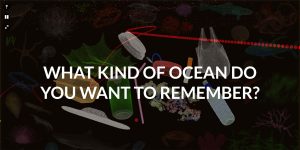
Diving into an Acidifying Ocean – Q&A
Cristina Tarquini (IT/FR), Frédéric Gazeau (FR) & Freya Murray (UK)
Join the Q&A with the artist who created the online experiment and the scientist who advised her.
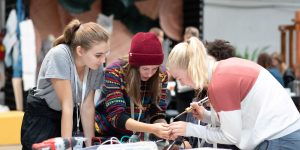
create your world 2020
Kepler's Garden on the JKU campus
The create your world festival invites young people and the young at heart to create social and creative closeness – with physical distance. An exchange network will share projects, ideas and talents. This platform for education, experiments and different future scenarios will show a great variety of young experts, all of whom can learn from each other.
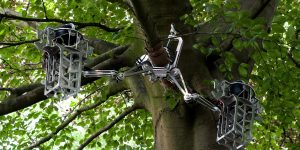
Garden Exhibition
Kepler's Garden on the JKU campus
The Garden Exhibition on the JKU campus in Linz is dedicated to the interplay of art, research and industry/design. Selected works of art take up the metaphor of the garden playfully and in different ways.
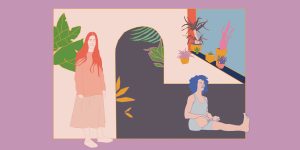
The State of Presence - Report
FNDMT (PT)
In times of uncertainty, stay aware of the present. The new report from ThePowerHouse on the current state of the innovative ecosystem in Europe.
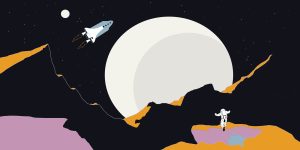
Materials in Space: Innovation meets tradition in flexible and smart solutions for space travel
FNDMT (PT)
The focus of this session: Traditional techniques are coming together with high end technology in Portugal, and are attracting interest from space agencies and futurists.
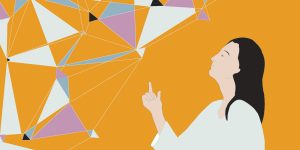
The Philosopher’s Roundtable: Social Impact and Ethics in AI
FNDMT (PT)
Roundtable: Garden Porto by FNDMNT ventures to the beyond: they’re asking the big questions and sharing the big stories in a series of roundtables with international and Porto based though leaders.
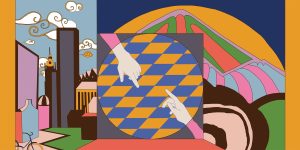
State of Presence (How to find Opportunity in Chaos)
FNDMT (PT)
This roundtable focuses on how the innovation industry is overcoming the challenges of this crisis through collaboration, empathy and more.
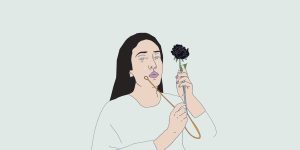
Meet the Makers
FNDMT (PT)
Let us introduce you to Porto, a city of makers. Artists, creators, artisans and technologists will give you an insight into their work and creative spaces in this video series.
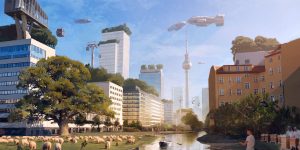
Art for Future: CO-IMAGINATIONS and CO-PRODUCTIONS for TOMORROW’S WORLD
Filmuniversity Babelsberg KONRAD WOLF (DE), Institute for Art and Innovation (DE)
Workshop - The zone that enables life and makes the planet unique is thinner than previously thought. How should we shape the future positively when conventional visions mainly depict hopeless and bleak dystopias? What we collectively want, what we can imagine, is strongly shaped by the media that surrounds us in our visual-addictive century. Can we imagine futures that serve the common good as well as the regeneration of the planet? How can we create synergies to work less, but be productive together?
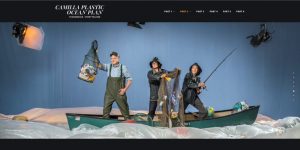
Transmedia Storytelling: Camilla Plastic Ocean Plan - Exhibition Opening + Guided Tour Video
Filmuniversity Babelsberg KONRAD WOLF (DE)
Exhibition Opening + Guided Tour Video - The project started at Filmuniversity Babelsberg because the worldwide media often present environmental problems in a way that makes us feel gloomy and hopeless. Consequently, people start ignoring facts. However, what about the future we want to live in? Can’t we use the expertise of storytelling in movies to design pictures of a desirable world? New things are very often created by a combination of things that have never been combined before.
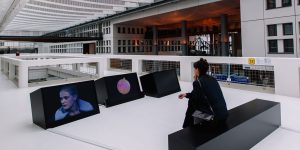
(UN)REAL
Science Gallery Network (INT)
The Science Gallery Garden at the Ars Electronica Festival will explore trust, technology, global challenges, arts innovation and new forms of digital storytelling. A showcase from the world’s only university network dedicated to public engagement with science and art, it will feature interactive workshops, experimental audio and visual experiences, livestreamed events and a specially-curated digital archive.
